The heat-resistant method can slow down the rate of heat conduction to structural components through heat-resistant materials. Overall, the heat insulation method is economical and practical, and is quite widely used in practical engineering. The water cooling method is an effective protective measure against fire, but due to the special requirements for structural design and the high cost of this method, it has not been well-promoted in the engineering field.
Heat-resistant method is widely used in steel structure fire protection, so the following focuses on comparing the advantages and disadvantages of spraying and encapsulation in heat-resistant measures.
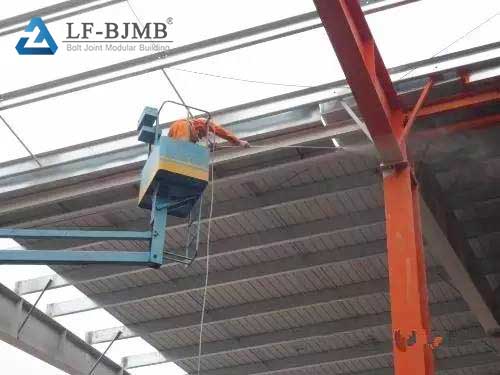
Fire resistance
This fire resistance performance, the encapsulation method is better than the spraying method. Concrete, fire bricks, and other encapsulated materials have better fire resistance than general fireproof coatings. In addition, the fire resistance of the new fireproof board is also better than the fireproof coating. Its fire resistance limit is significantly higher than the same thickness of steel structure fire insulation materials, higher than the intumescent fireproof coating.
Durability
Durability of encapsulated materials, such as concrete, is not easy to deteriorate the performance over time; while durability has been a problem that steel fireproofing coatings have not been able to solve. Organic component-based thin and ultra-thin fireproofing coatings, whether for outdoor or indoor, their organic components may produce decomposition, degradation, aging, and other issues, so that the coating flaking chalk or loses fire performance.
Constructability
The spraying method of steel structure fireproofing is easy to construct, and no complicated tools are needed for construction. However, the quality of fireproof coating construction by spraying method is poorly controllable, and it is not easy to control the descaling of the substrate, the coating thickness of fireproof coating, and the humidity of the construction environment, etc.; the construction of encapsulation method is more complicated, and it is especially obvious for inclined bracing and steel girder, however, the construction can be more controllable, and the quality can be easily guaranteed. It can change the thickness of the encapsulation material to control the fire resistance limit more accurately.
Environmental
The spraying method pollutes the environment during construction, especially in high temperatures, when it can emit harmful gases. The encapsulation method, on the other hand, is used in construction and does not release toxic substances when in normal use or exposed to high temperatures, which is conducive to environmental protection and personnel safety in the event of a fire.
Economics
The spraying method is simple, short construction period, and low construction cost. However, the price of fireproof coating is high, and due to the aging and other shortcomings of the coating, its maintenance costs are high. The encapsulation method has a high construction cost, but the material used is cheap, and the maintenance cost is low. Comprehensively speaking, the encapsulation method is better in terms of economic efficiency.
Suitability
The spraying method is not subject to the geometric limitation of components, and is mostly used for the protection of beams, columns, floor slabs, roofs, and other components. It is especially suitable for fire protection of steel structures in space structure systems such as light steel structure, net frame structure, and shaped steel structure. The construction of the encapsulation method is complicated, especially for steel beams, diagonal braces, and other components. The encapsulation method is generally used for columns, and the scope of application is not as wide as the spraying method.
Through the discussion, the following conclusions can be obtained:
1) the adoption of fire protection measures for steel structures should consider the influence of various factors, such as the type of components, construction difficulty, construction quality requirements, durability requirements and economic benefits, etc.;
2) through the comparison of spraying and encapsulation, the main advantage of spraying is in the construction process is simple, and the shape of the components does not change greatly after spraying. The main advantage of the encapsulation method is lower cost, fire performance, and durability;
3) Various fire protection measures have their advantages and shortcomings; in the project application, they can take the long term and make up for the shortcomings of a variety of fire protection measures used in combination. And can take different measures to set up a multi-channel fire defense.



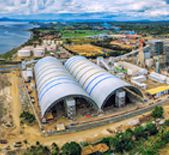

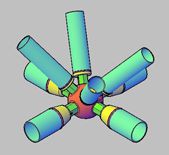
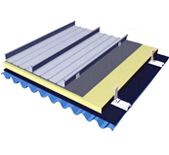
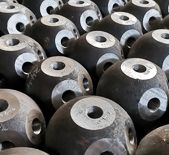



 About Us
About Us 2025-07-16
2025-07-16


